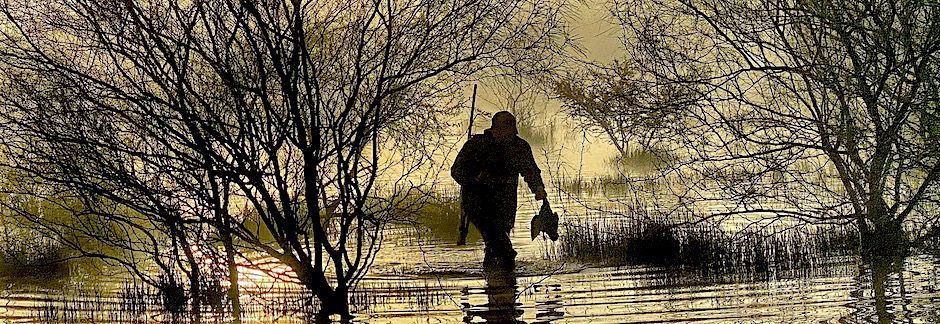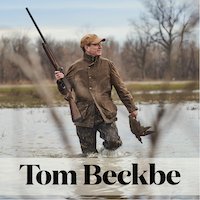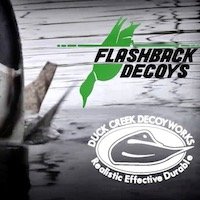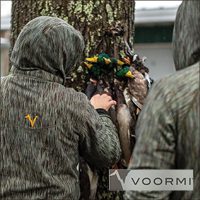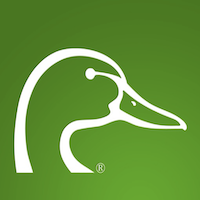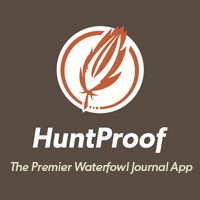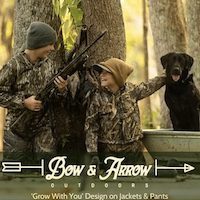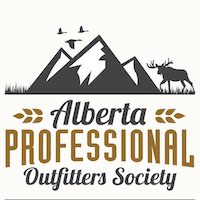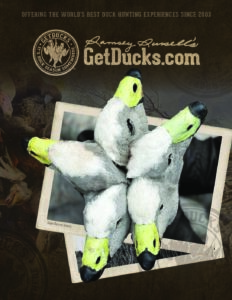MOJO’S Duck Season Somewhere Podcast
EP 566. Building Waterfowl Habitat on Maryland’s Eastern Shore
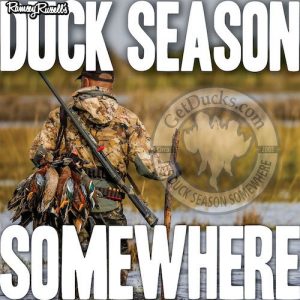
Though he’s built and managed wildlife habitat on Maryland’s Eastern Shore for the past couple decades, Spencer Waller quickly points out that he’s no wildlife biologist–but knows what ducks want, what ducks like to eat and how to make it happen. His heartbeat may be black mud marsh duck hunting, but he’s in the business of helping landowners put together hunting properties across the Bay from unimaginably unbridled urban sprawl.
Related Links:
EP 565. Eastern Shore Maryland Goose Hunter: From Student to Mentor

Goose hunting has been a pretty big deal on Maryland’s eastern Shore since forever, and John Taylor’s introductions began when first shaking hands with his high school sweetheart’s dad. Cutting his teeth back in the days of “junk yard rigs,” he remembers laying out a small fortune for a newfangled Eastern Shoreman goose call, later saying that “the Moratorium (the 6-year period that Canada goose hunting was closed) was the best thing that ever happened.” Because that’s when he earned his real PhD in Canada goose behavior. A storyteller from the get-go, Taylor colorfully recalls an Eastern Shore goose hunting lifetime from student to mentor. And then some.
Related Links:
EP 564. Looking Back

What began as buck-fever-of-epic-proportions first deer hunt with a neighboring mentor began a lifelong passion for hunting and fishing worldwide for Alabama native and storyteller Clint Ward. From an elk hunt that culminated in a marriage proposal to nearly dying atop a British Columbia mountain, Ward shares colorful stories about how hunting experiences shaped his life and taught him what’s most important in life.
Related Links:
EP 563. Dead Hens Don’t Lay Eggs and Other Topics

In case you haven’t noticed, North American duck populations–duck harvests–have declined from the highs of the late-90s. Dead hens don’t lay eggs, for sure, but is the fix that simple? What are the root causes for these declines in waterfowl populations? How bad is it, why might it get way worse before it gets better, and what can we duck hunters really do about it? Scott Stephens, DU’s Senior Director of Prairie and Boreal Forest Conservation, joins me to discuss.
EP 562. Seeing Duck Hunting–and Life–for What They Really Are

Following in his father’s footsteps, Joel Tavera joined the military and was fast-tracked into the sandbox of Operation Iraqi Freedom. He returned a different man, eventually gaining consciousness in a San Antonio, Texas military hospital where a very long-row-to-hoe recovery awaited. He’s now an active waterfowl hunter, well on his way to achieving the North American slam, but past life events have shaped how he now sees duck hunting and life for what they’re really, truly all about. Tavera’s is a powerfully inspirational story.
EP 561. Beyond Just Ducks–Azerbaijan Duck Hunting Adventure

Off-the-beaten-path Azerbaijan duck hunting is a real duck hunt for real duck hunters. For many reasons. Following an eventful week, Ramsey recounts their adventure with US hunters who describe the hunting, people, hunting techniques, unique culture, foods, and other indelible take-aways from their immersive visit. Our Azeri associate wraps the episode, bringing context to duck hunting this part of the world. They came for ducks but left with a fascinating perspective of the duck hunting world beyond their own back yards. You’ll understand why after listening.
EP 560. Prairie Wildlife: Returning Bobwhite Quail Hunting Culture in Mississippi

After a couple decades hiatus from quail hunting due to work and family commitments, hunting his family farm near West Point, Mississippi, brought disappointment to Mr. Jimmy Bryant. Gone were the wild bobwhite quail coveys of yesteryear. It began a lifelong commitment to restoring habitat, quail, and hunting culture that is now manifest in his world-class Prairie Wildlife facilities.
EP 559. “Splash Limits” versus Hunter Satisfaction

“Splash limits” offer hunters the option to bag any 3 ducks regardless of sex or species. Through 2025, the 2-tiered duck hunting pilot program in South Dakota and Nebraska gives hunters the choice of licenses entitling them to either convention bag limits or splash limits, and was intended to grow future waterfowl numbers. Dies it seem to be working as intended? Who would choose to bag fewer ducks, and why the heck do we need more duck hunters? Why did some states refrain from experimental participation, why might more states begin considering this harvest strategy–or definitely not–and how has this increased harvest of sensitive species such as canvasbacks–or has it? South Dakota Game, Fish, and Parks’ Senior Waterfowl Biologist, Rocco Murano, is a gifted communicator, shedding light on the splash limit experiment’s objectives, data collection, measures of success and preliminary results. While waterfowl identification has been a fundamental tenet of duck hunting since forever, this fascinating conversation has me rethinking the conventional harvest paradigm and definition of hunter satisfaction.
EP 558. Chasing the Million Dollar Duck—and Life

“It’s the art. It’s the art more than anything else that’s impacting people, connecting non-hunters to ducks,” says 3-time Federal Duck Stamp Contest winner Adam Grimm. Grimm became the youngest federal duck stamp artist and has since won twice more, including the 2025 stamp that will depict a Spectacled Eider. An ardent waterfowl hunter himself, we discuss how hunting influences his art and vice versa, how “the million dollar duck” shaped his life and career, and much more.
EP 557. Taking Kids Hunting Never Better: Grow-With-You Clothing Line

If you think hunting is expensive now, just wait until you start taking your growing-like-a-weed youngsters to the blind! To make things worse, they outgrow last season’s clothing quicker than it takes ’em to knock out a sleeve of white donuts! David and Camille Kent grew up hunting in generational hand-me-down clothes same as most. As parents themselves, they recognized a need to affordably keep children comfortable from the field to the fire pit. Their Bow and Arrow Outdoors company has a growing line of seriously engineered hunting apparel for both boys and girls. Keeping them warm and dry from toddler age to adult age with as few as 2 or 3 purchases that can be handed down to younger siblings amounts to huge savings you’ll need for more important things–like keeping them in powdered donuts and ammo!
Related Links:

